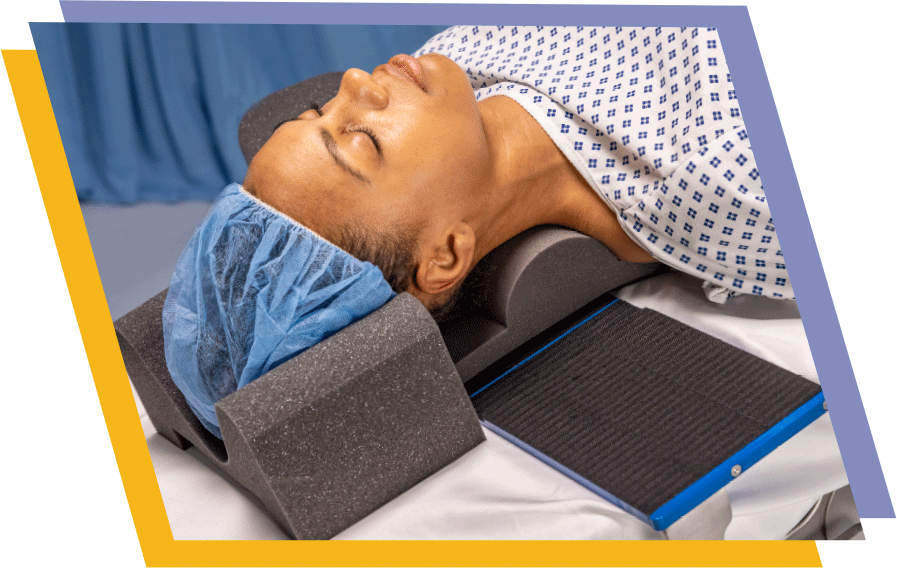
Best-in-class Trendelenburg
positioning system
The first and only Trendelenburg patient-positioning system clinically proven¹ to ensure patients stay in place by supporting at the trapezius muscles.

Ideal for minimally invasive and robotic surgery
KEY FEATURES:
NO PATIENT
SLIDING
Patented bolster supports at trapezius muscle

EASY
TO USE
Set-up in minutes;
easily reposition patient

SUPPORTS
BARIATRIC
Secures up to 250 kg | 550 lbs
in up to 40° Trendelenburg

NO SHOULDER
BRACES
Avoids brachial plexus
nerve injuries

SEE IT IN ACTION
TrenGuard:
- Quick installation
- Works for any procedure using the Trendelenburg position
- Reduces medical waste²
- Low procedural cost
How To Use
With TrenGuard, patient positioning is easy:
- Attach to frame to table
- Attach components to frame
- Position the patient (and easily reposition)
Physics meets patient safety
- Support frame anchors to OR table
- Soft foam components secure to the frame
- Patented cervical notch bolster supports body mass at the trapezius muscle
- Uniquely shaped head-stabilizing pillow maintains head position

Single-Use Packs
- 2 Sizes
- 450 – rated for patients weighing up to 440 lbs | 204 kg
- 600 – rated for patients weighing up to 550 lbs | 250 kg
- 1 Variation
- Wedge Packs for high-BMI (>30) patients and those with a less-demonstrated cervical notch, a positioning wedge acts as the bolster
- Available in both sizes

Single-use bolster prevents patient sliding (also available as a wedge bolster)
Single-use soft head-stabilizing pillow controls head rocking
Two soft lateral stabilizing pillows for body mass shift control during transition to Trendelenburg (available as single use or reusable for up to 500 procedures)
Two soft lateral stabilizing pillows for body mass shift control during transition to Trendelenburg (available as single use or reusable for up to 500 procedures)
Reusable Components
TrenGuard HYBRID Reusable Lateral Stabilizing Pillows
- For use with TrenGuard 450 / 600 HYBRID Packs
- Reduce waste and lower procedure cost
- Washable and reusable for one year or up to 500 times
- Available in 450 or 600 size

TrenGuard Support Frames:
TrenGuard Dynamic Patient Support Frame:
- Dynamic frame secures directly to the table accessory rail with socket-style rail clamps
- Compatible with all TrenGuard Packs
- Ideal for use with under-patient devices
Key Features:
- Swivel legs allow movement in multiple directions without moving the clamps
- Attach clamps where rail space is available
- Air-assisted transfer devices
- Under-patient warming/cooling systems
- Pressure-management surfaces
TrenGuard Patient Support Frame:
- The original frame secures directly to the table accessory rail with wide-based rail clamps
- Compatible with all TrenGuard Packs

Using TrenGuard Dynamic Patient Support frame with air assisted transfer devices
Want to see the powerful difference our products can make for your procedures?
Just complete the form below.
References: 1. Barber J. Preventing patient sliding in steep Trendelenburg. OR Manager™ Conference, September 21-23, 2016, Las Vegas, Nevada. Poster 17. Sales and complaint data.
